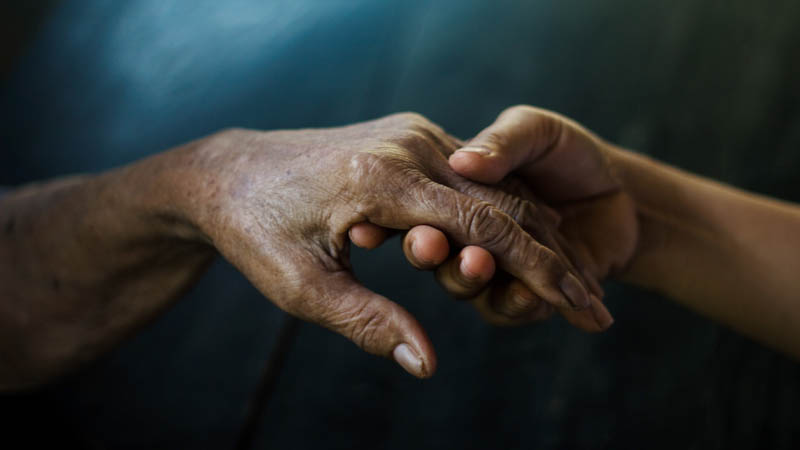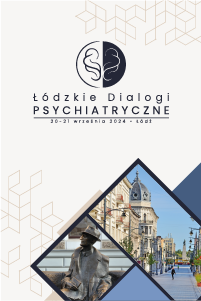Adolescents self-esteem and its role in the anger expression
Agnieszka Kruczek, Izabela Grzankowska
 Affiliacja i adres do korespondencji
Affiliacja i adres do korespondencjiPurpose of the study: Main purposes of conducted studies were to assess adolescents self-esteem and to recognise the selfesteem role in the expression of anger. Material and method: The study involved 221 people (including 95 girls and 126 boys) aged 15–18 years. There have been applied a Polish adaptation of Coopersmith Self-Esteem Inventory (CSEI) by Z. Juczyński and N. Ogińska-Bulik and Z. Juczyński Anger Expression Scale (SEG) and our own survey. Results: The analysis has revealed that adolescents, who had lower self-esteem in a scholastic me perspective, more often directed their anger inward, were able to control or repress it more efficiently. On the other hand, those with higher self-esteem in a scholastic me perspective and overall higher level of their self-esteem more often directed their anger outward, both in an indirect and a direct manner. Discussion: Although the higher self-esteem is usually associated with a socially acceptable behaviour, some study results indicate stronger tendency to take an aggressive behaviour among people with the higher self-esteem. Probably, this is due to the fact that people with the higher self-esteem, seeing themselves as being worth of acceptance and respect, partially “exempt” themselves from their self-control. A satisfaction of their own behaviour might limit the readiness for self-correction of their reactions. Conclusions: Adolescents with higher self-esteem are more disposed to manifest their anger, and those with lower more frequently suppress this kind of emotions and control them more thoroughly. Overall self-esteem and one of its aspects – the scholastic me seem to be particularly important. Conviction of your own value and belief in your school success reduce the barrier to express the anger, as if they protect you from losing social attractiveness.




















